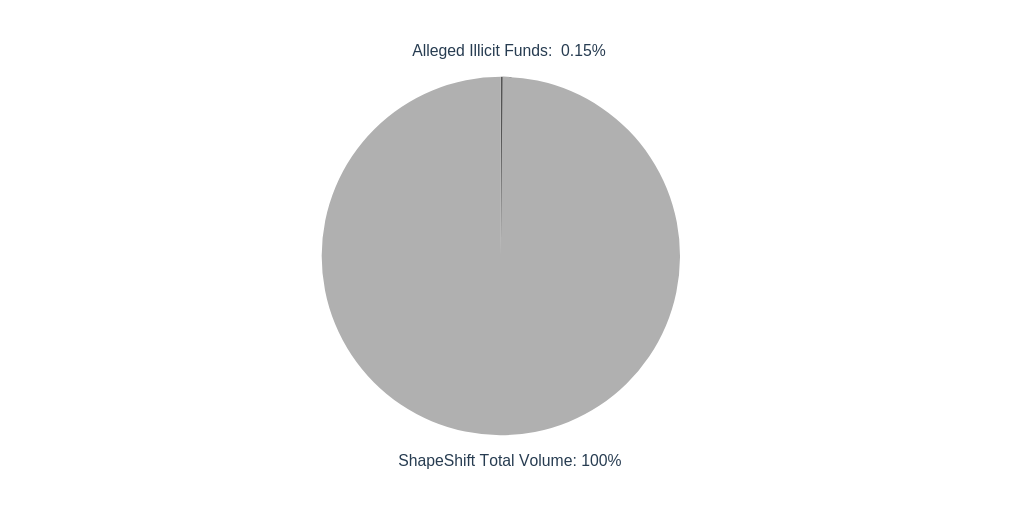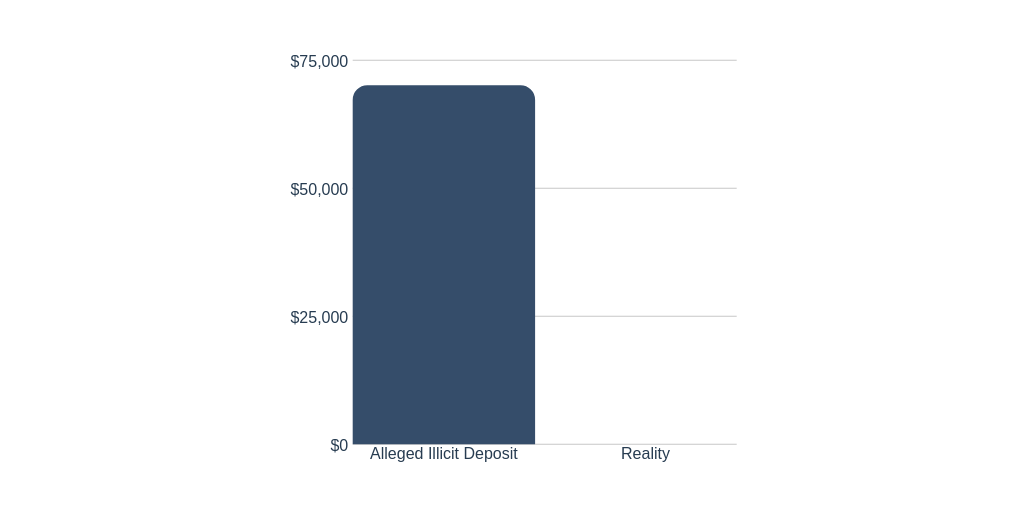
Reporters at the Wall Street Journal (WSJ) tied innovative ecosystem cryptocurrency exchange Shapeshift to money laundering. “How Dirty Money Disappears Into the Black Hole of Cryptocurrency,” was its published product from months of investigative journalism. The company’s CEO, Erik Voorhees, claims cooperation with the WSJ was obtained “under false pretenses.” He also charges the WSJ “omitted relevant information” among other gaffs.
Also read: Ross Ulbricht Marks Fifth Anniversary in Prison
Shapeshift CEO Erik Voorhees Calls Wall Street Journal Article an “Attack”
Shapeshift CEO Erik Voorhees earned as much street credibility in the crypto space as anyone. His company has been around for nearly half of the nascent industry’s entire history. If there were a relative outsider/insider of cryptocurrency, an ambassador of sorts for the decentralized digital money revolution, it’s safe to write Mr. Voorhees would make many top ten lists, and Shapeshift is his most notable contribution alongside Bitinstant, Coinapult, and Satoshidice.

“Shining Light on WSJ’s Attack on Shapeshift and Crypto” is Mr. Voorhees attempt to set the record, as he sees it, straight. If legacy finance news organizations of record were to “attack,” they couldn’t really do better than he and Shapeshift. That aside, he and the exchange believe the WSJ produced a pure hit piece, gaining trust over “5 months” only to “omit relevant information,” overlooked the “chance to prevent potential illicit activity,” ultimately proving the reporters “do not have a sufficient understanding of blockchains and our platform in particular,” Mr. Voorhees insists.
It hasn’t exactly been a wonderful public relations month for the veteran firm. As these pages noted at the beginning of September, “Non-custodial crypto trading platform Shapeshift has introduced a membership program which will soon be mandatory [… the] exchange will have to begin collecting basic personal information of its users, and there will be five membership levels.” The move was met with widespread criticism especially among the experienced within the space. To then get even more flack from the institutional side of finance at roughly the same time probably isn’t what the company needed.

False Pretenses, Omissions, Insufficient Understanding
“The WSJ reporters reached out to us months ago,” Mr. Voorhees details, “asking for friendly assistance on a piece about the crypto industry in general. Over a period of five months, we were open and accommodating of their questions while in contrast they misrepresented their intentions until very recently,” further complaining “they included not a single statement from those lengthy discussions, preferring instead to include out-of-context remarks I’d made elsewhere.” In Mr. Voorhees’ reckoning, the WSJ had another agenda altogether.
For any solid investigative piece to have legs, it requires statistical information for context, breadth. The company CEO takes on the journalists’ usage of basic facts, and worries they either misrepresented their significance or omitted relevant context completely. One claim had to do with $9 million being laundered through Shapeshift.

“$9m (even if it was true) is 0.15% of Shapeshift’s exchange volume during the described time period; We have a strong record of complying with law-enforcement requests […]; We work with other exchanges on an almost-daily basis to identify and block thieves and criminals, through a self-policing group Shapeshift created to protect the users and industry; We block entire countries on the sanctions lists; We have an internal anti-money laundering program that uses blockchain forensics that are far more advanced (and we would argue, effective) than asking someone for their ‘name and address;’ We blacklist suspicious addresses upon learning of them,” he outlines. “There is no mention of any of this in the WSJ article.”
Good Journalism Continues Dialog After Publication
Perhaps the most frustrating issue for anyone immersed in crypto is having to explain to mainstream media the basics. If journalists miss those, their accounts and conclusions can be devastating.
“And the WSJ reporters appear to have gotten confused about how our platform functions,” Mr. Voorhees stresses. “Based on our own analysis of the transactions cited in the article, the WSJ erroneously attributed vast sums of allegedly illicit transactions to Shapeshift in a way that exhibits a profound failure to grasp how blockchains, in general, and our system in particular, really work.”

He goes on to list three fairly routine examples of how the WSJ allegedly got it wrong, using a $600 illustration: “In other words, $600 of suspicious funds were sent to an exchange that wasn’t Shapeshift. Because Shapeshift happens to be a customer of this same exchange – 10 months later in a completely unrelated transaction – the exchange sent funds to Shapeshift. The authors didn’t understand how to properly read the blockchain transactions, so they assumed there was $70k in ‘dirty money’ sent to Shapeshift. Allegation: $70,000 laundered by Shapeshift; Reality: $0 laundered by Shapeshift.”
In fairness, good journalism rattles cages, gets to the root, and unnerves those under its microscope. But good journalism also must be held accountable, and authors of investigative pieces have a duty to continue dialog even after publication in order to better allow readers closer proximity to supposed revealed truths. “We’ve found numerous other examples,” Mr. Voorhees complains. “We asked the WSJ to send us the specific transaction ID’s […] As of this writing, the WSJ has been unwilling or unable to send the requested transaction data necessary […].”
What do you think of the WSJ’s claims and Shapeshift’s response? Let us know in the comments section below.
Images via Pixabay, Shapeshift.
Be sure to check out the podcast Blockchain 2025, latest episode here. Want to create your own secure cold storage paper wallet? Check our tools section.
The post Shapeshift CEO Responds to Wall Street Journal Laundering Claims appeared first on Bitcoin News.
Powered by WPeMatico
